The most important factor in acoustic treatment performance is coverage area. Or more specifically, the total surface area of all treatments in a room, relative to the room’s size. This relationship between surface area and performance is built right into acoustics test data. One Sabin, the unit of measurement for acoustic absorption, is by definition the amount of sound that would escape (and not be reflected back into the room) through a small, 1 square foot hole cut into the wall.
It’s important to remember this in all acoustic treatment strategies. One example is reverb reduction in an office conference room. The amount of treatments required is a surface area calculation. But let’s take a closer look at one specific application where surface area drives performance.
Most Cost-Effective Performance on Limited Budget
If budget is limited, then generally maximizing coverage area in the room with cost-effective panels yields the best performance per dollar during the first stage of treatments. For instance, in a serious audio room (recording or listening) on a $2k-ish budget, I don’t think you can do better, performance wise, than getting as many 244 Bass Traps as possible. The 244 was GIK’s first product and it remains one of our most versatile and cost-effective. 244s have 4″ of absorption inside them, which is thick enough to also help with bass frequencies. As such, it’s at least a baseline good option in just about any role — corner bass trap, early reflection point treatments for recording or listening, rear wall behind listeners, etc. Certainly, for any one of these roles there are better options, but they cost more. On a limited budget that means fewer panels in the room which won’t help performance.
Here’s a good example of what twelve full-size 244s can do for a music room, sent to me from a client who used this exact strategy. The twelve 244s were placed in the corners and at reflection points, something like this:
And the spectrogram performance data showed huge, very obvious improvements. The spectrogram is the “view from 30000 feet” of what your room sounds like. It shows frequency on the X axis, per usual, but the Y axis is decay time. Level/loudness is depicted as color — the red areas are the highest “mountaintop peaks” of the response, and the darker blues are just above the noise floor. Decay times depicted like this give us much more an idea of how the room actually sounds than a simple response graph, mostly because sound is a phenomenon that happens over time. Decay time anomalies in a room are much more audible than response anomalies.
Let’s start with the before treatment:

Here we can see the wildly inconsistent decay times across the board, including several narrow resonances through the bass range from 90-250Hz, and another big resonance at about 48Hz.
As you can see the 12 244s made a huge improvement:

It’s a ton better! The decay times are much more uniform and consistent across the board. The bass resonances 90Hz and up are dramatically improved, and even the 48Hz decay has improved a bit. These lower frequencies are where we’d get more improvement down the road by upgrading the 244s in the corners to thicker units (like Monster Bass Traps or stacked Soffit Bass Traps).
I don’t know of a way to get better results than this without higher budgets. In some cases, if the plan is to build up gradually over time to a superior room, then it might make sense to start with fewer but upgraded panels. But even in these cases, you can always repurpose a versatile panel into another role as you upgrade.
For advice on your specific space, check out our Room Advice form to get in contact with one of our Designers, who will be happy to answer any questions you have!
James Lindenschmidt has been obsessed with audio and good sound since his childhood. He began designing studios more than 20 years ago and has been an acoustics professional for more than 15 years. He started working with GIK in 2016.







GIK Giveaway Viral Video Contest 2024
Room EQ Wizard TUTORIAL
How to set up and use REW In this video we show you how [...]
DIFFUSION Concepts Explained
How Acoustic Diffusers Work And Which One Is Right For You In this video [...]
Jan
The GIK Acoustic Advice
Get Your Room Sound Right For FREE! In this video we are giving a [...]
Jan
Designer Tips: The Significance of “Clouds” with Mike Major
When people reach out to us at GIK for acoustic advice, we never have any [...]
Jun
Designer Tips: The Importance of Coverage Area with James Lindenschmidt
The most important factor in acoustic treatment performance is coverage area. Or more specifically, the [...]
May
Designer Tips: Home Theaters and Acoustic Balance with John Dykstra
Without fail, one of the first things our clients say to us when we begin [...]
May
Summer Giveaway 2021 Vote
The GIK Acoustics Summer Giveaway Photo Contest 2021 invited customers to submit photos illustrating how [...]
Aug